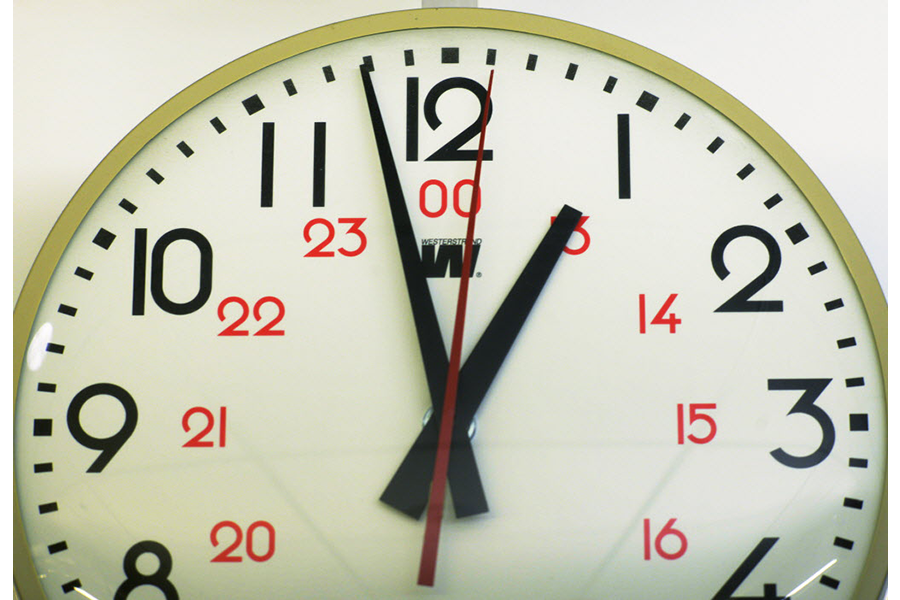Is Leap Second Y2K 2.0? Probably not. Here's why.
The last minute of June will be 61 seconds long, making Tuesday, June 30, one second longer than every other day.
Scientists are adding a leap second to the day Tuesday to adjust to the Earth's slowing rotation.
For most people, it's imperceptible. But for computers, that extra second is huge, enough to wreak Y2K-style havoc on large-scale computer networks and stock markets.
That's because billions of computerized systems – from air traffic control to the stock markets – rely on knowing the precise time in order to function properly, as NBC News explained.
The problem is, some computer systems weren't designed to deal with a 61-second minute, and that extra second may be enough to throw them off, potentially shutting down major websites and disrupting stock market trades, along the way.
"The code for most large scale systems is based on Unix," CNN Money explains. "Computers check in from time to time with the International Earth Rotation and Reference Systems Service’s network to make sure they are telling the time correctly.
"When leap seconds happen, IERS tells computers that the last minute of that day will have 61 seconds. That makes Unix-based software go haywire."
About 10 percent of large-scale computer networks will probably experience some glitches due to the leap second, Geoff Chester, public affairs officer for the US Naval Observatory in Washington, told Bloomberg News.
The last leap second, in 2012, brought down a number of websites, including Reddit, Yelp, LinkedIn, FourSquare, Gawker, StumbleUpon, and Mozilla. Qantas Airlines computer system crashed for several hours, so employees had to manually check in passengers.
The good news: having experienced problems in past, companies and markets are taking measures to avoid Y2K-style chaos.
Stock markets, which trade roughly $4.6 billion on global exchanges in any given second, are adjusting their clocks: The US will end after-hours trading early, and overseas markets are resetting their clocks in advance.
Some computer systems are adding a "60" into a system that usually only counts up to 59, while others are setting their computer clocks to show "59" twice.
Still others, like Amazon and Google, have developed a new technique, dubbed "leap smear," that divides the leap second into even smaller bits of time that are spread out throughout the day, sidestepping the problem entirely.
In other words, relax, scientists have got it covered. So the rest of us can spend our time turning to Twitter and Spend Your Leap Second Here, a website of zany one-second videos, to figure out how to spend that extra second.







